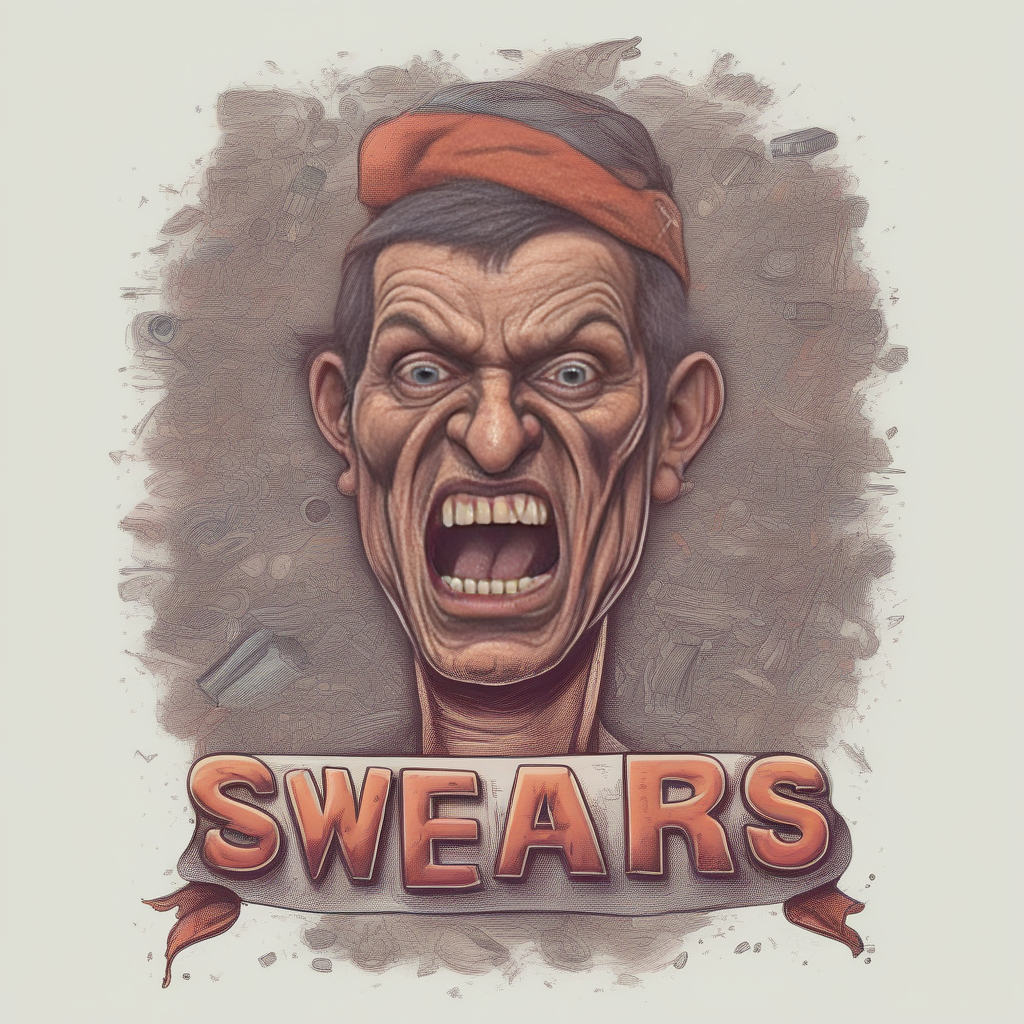Cerography, also known as wax engraving or wax printing, is a unique art form that involves the use of wax to create intricate and detailed designs. Dating back to ancient Greece and Egypt, cerography has been used for various purposes such as making seals, imprints, and decorations.
The process of cerography begins with melting the wax and pouring it onto a flat surface, often a metal plate or a board. Once the wax has cooled down and solidified, the artist can begin carving or incising the design using various tools like knives, needles, or heated styluses. The level of detail that can be achieved with cerography is astounding, as the artist can create delicate lines, shading, and texture in the wax.
After the design has been engraved into the wax, ink or pigment is applied onto the surface. The ink adheres to the raised parts of the design, while the engraved areas remain free of ink. Then, a piece of paper or fabric is pressed onto the wax surface, transferring the inked design onto the chosen material. This results in a beautiful and unique print, capturing the intricate details and textures created by the artist.
Cerography offers artists a great deal of creative freedom and experimentation. The versatility of the medium allows for various styles, from traditional and realistic representations to abstract and expressive designs. Additionally, different types of wax can be used, such as beeswax, paraffin wax, or even colored waxes, providing artists with a wide range of possibilities in terms of color and texture.
Today, cerography continues to be practiced by artists around the world. It is appreciated not only for its historical significance but also for its ability to create visually stunning prints. From fine art prints to commercial applications like book illustrations or packaging design, cerography remains a valuable and versatile artistic technique.
